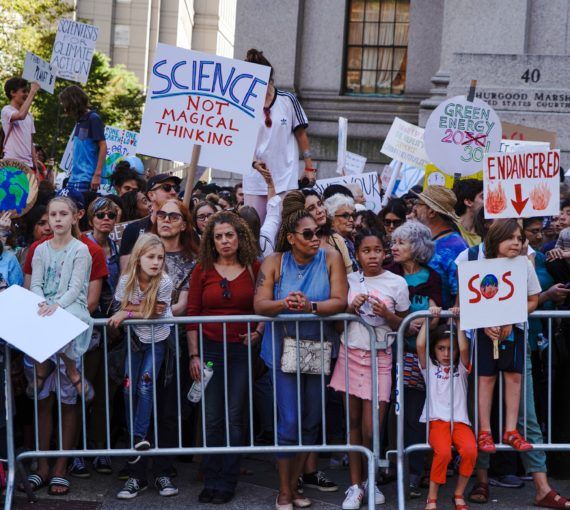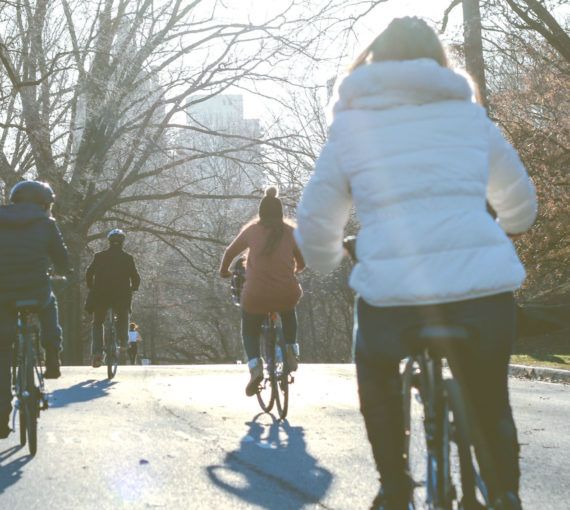Climate change is affecting everyone everywhere. Extreme weather events are more frequent and intense, sea levels are rising and many species are being driven to extinction.
The good news is, you are not alone! People, communities, cities, businesses, schools, faith groups and organizations are taking action to help fight climate change. What changes will you make? Here are the top 10 things you can do about climate change. Choose just one to start.

1. Urge government to take bold, ambitious climate action now
In 2021, top climate scientists issued a “code red for humanity,” warning that this is our last chance to implement the transformational changes necessary to keep warming below 1.5 C and avoid the most dangerous impacts of climate chaos.
Canada’s climate targets are still critically insufficient to do our fair share on the global scale. We’re the only G7 country whose emissions have increased since the Paris Agreement was signed.
The climate crisis won’t wait. Join us in calling on all federal parties to cooperate and get Canada to act on climate change with the ambition and urgency this crisis demands.
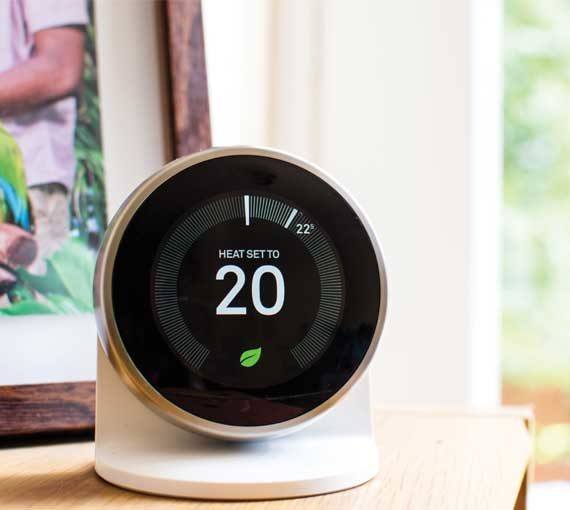
2. Use energy wisely — and save money
Canada is the top per-capita energy consumer in the world! By becoming more energy-efficient, you pollute less and save money.
Consider making some or all of these small changes. Together, they really add up.
- A house with a furnace is like a car that idles all day. Reduce or eliminate fossil fuels from your home by swapping your furnace for a heat pump.
- Replace your gas water heater with a heat pump water heater.
- Install a programmable or smart thermostat.
- Swap your gas stove for an induction stove, which will also lower indoor air pollution.
- Replace your gas fireplace with an electric one.
- Unplug computers, TVs and other electronics when you’re not using them.
- Wash clothes in cold water. Hang your clothes to dry when you can and use wool dryer balls to shrink drying time when you can’t
- Look for the ENERGY STAR label when buying new appliances.
- Repair improperly sealed doors and windows and upgrade your insulation. Winterize your home to prevent heat from escaping. Try to keep it cool in the summer without an air conditioner.
- Change to ENERGY STAR-certified LED light bulbs.
- Get a home or workplace energy audit to identify where you can save the most.

3. Green your commute
In Canada, transportation accounts for 25 per cent of climate-polluting emissions, a close second to the oil and gas industry.
The many ways to reduce your transportation emissions will also make you healthier, happier and save you a few bucks. Whenever and wherever you can:
- Take public transit.
- Ride a bike or advocate for bike lanes in your community.
- Car-share.
- If you have a large, inefficient vehicle, retire it and switch to one that’s electric or a plug-in hybrid vehicle.
- Fly less. (If you fly, choose more efficient flights and make sure you offset your emissions.)

4. Consume less, waste less, enjoy life more
“We use too much, too much of it is toxic and we don’t share it very well. But that’s not the way things have to be. Together, we can build a society based on better not more, sharing not selfishness, community not division.” The Story of Stuff
Focusing on life’s simple pleasures — spending time in nature, being with loved ones, making a difference to others — provides more purpose, belonging and happiness than buying and consuming. Plus, when we consume less, we produce fewer emissions. Sharing, making, fixing, upcycling, repurposing and composting are all good places to start.
Fire up your commitment to the people and places you love by acting every day on the understanding that we are one with nature.

5. Support Indigenous-led climate action
Indigenous Peoples are well-positioned to take leadership on climate because of their ecological knowledge, deep connection to the environment and lived experiences with the impacts of climate change and environmental racism.
Brave land and water defenders have long been on the front lines of the climate movement, putting themselves at personal risk to protect their traditional territories from fossil fuel expansion.
Learn to be a good ally by supporting, volunteering, donating and showing up for Indigenous-led organizations like Indigenous Climate Action and land defenders like the Wet’suwet’en.
You can also learn about truth and reconciliation and build anti-colonial practices and perspectives into your life and climate advocacy.
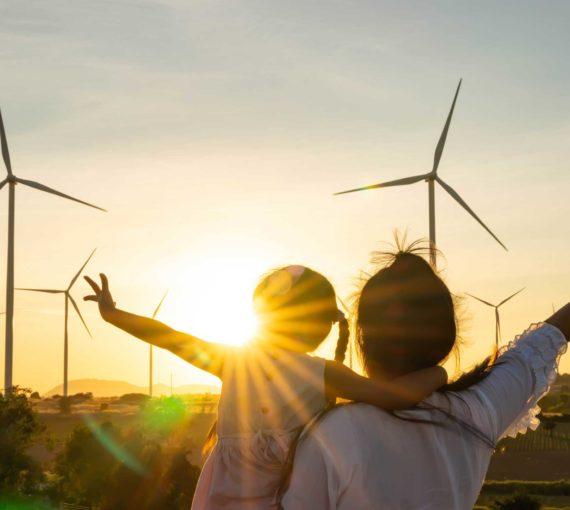
6. Invest in renewables and divest from fossil fuels
Even if you can’t install solar panels or a wind turbine, you can still be a part of the clean-energy economy. Search online for local renewable energy co-ops to join. As a member, you’ll own part of the co-op’s renewable energy projects and receive a return on your investment. You can also speak to your financial adviser about clean energy and/or technology investments.
Let industry know you care about climate change by meeting with your bank or investment adviser to make sure your investments do not include fossil fuels. And make sure your workplace, pension fund, university or bank doesn’t invest in fossil fuels. If they do, join or start a divestment campaign.
Learn more about why it’s important to divest from damage and invest in a healthier future.
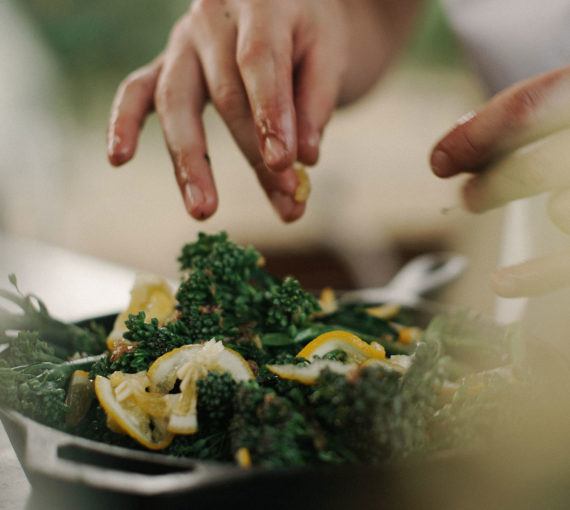
7. Eat for a climate-stable planet
The decisions we make about food can have a profound effect on the environment. Here are four simple ways you can make your diet more climate-friendly.
- Eat more meat-free meals.
- Buy organic and local whenever possible.
- Don’t waste food.
- Grow your own.
Get more info on how to eat for the climate and how eating less meat will reduce Earth’s heat.
Fun fact: You can also help save the planet by eating insects!

8. Start a climate conversation
Solving climate change requires us all to work together. We can’t do that without finding common ground with those who may not share our perspective.
Since people often trust peers, family members and loved ones more than they trust experts, scientists and environmental organizations, you can talk to people about climate change in ways we can’t. You’re more likely to open people’s minds.
Start a workplace green team with colleagues or establish green home agreements if you live with others. Start or join a local community group through the Future Ground Network.
Learn how to have conversations about climate change that decrease divisiveness and help cultivate empathy and find common ground. Overcoming polarization is key to moving forward on climate solutions.
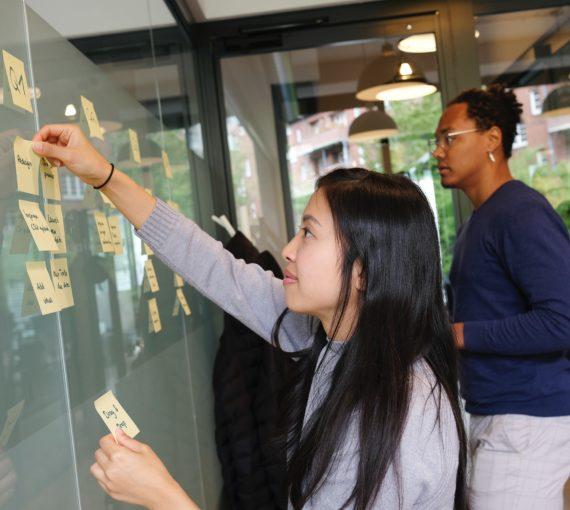
9. Mobilize for local climate action
“What our cities do individually and in unison to address climate change can set the agenda for communities and governments everywhere.” C40 Cities
In Canada, municipalities have influence over about 50 per cent of our emissions. And with about 80 per cent of people living in Canada living in cities, it’s important — even crucial — that we focus on their potential to help stop climate change.
Citizens like you willing to work with progressive local government leaders stand to make a huge difference. Your role as a citizen with your local government is powerful.
We’ve created a comprehensive online resource to help you work with your local government on climate action.
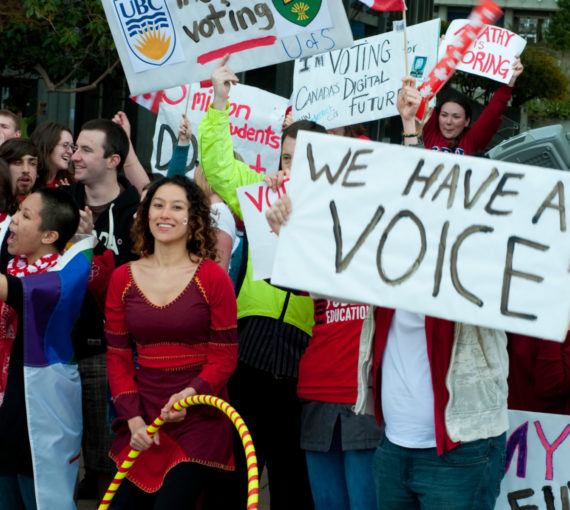
10. Get politically active and vote
It’s important to take action to reduce individual carbon footprints, but changing the larger system is the greatest opportunity to reduce emissions.
Vote for leaders at all levels of government who take climate change seriously. They should commit to set science-based targets to reduce harmful carbon emissions, implement clear plans to reach those targets, adapt to climate change and shift to a clean-energy economy.
Your vote matters. Make sure you are registered to vote and then get informed for all elections — not just the ones that get the most media attention. Candidates’ positions on climate change vary widely, so research the parties, ask questions about climate change at town halls or debates and let all candidates know you are voting for the climate.
If you’re too young to vote, encourage your class or school to join a Student Vote program, which provides opportunities to experience participation in the election process. Talk to people in your life who are eligible to vote about the importance of voting for climate action.
The first step is registering to vote.

